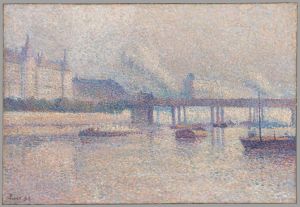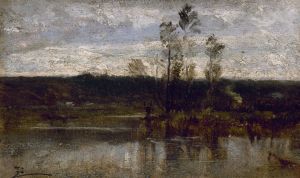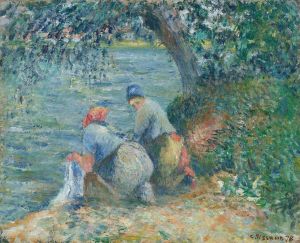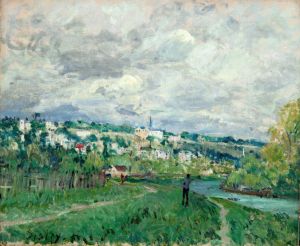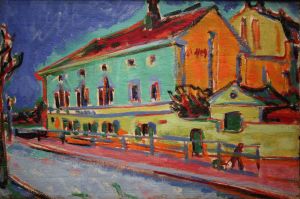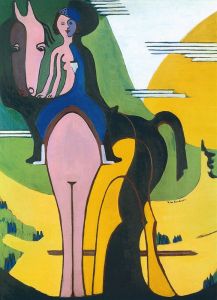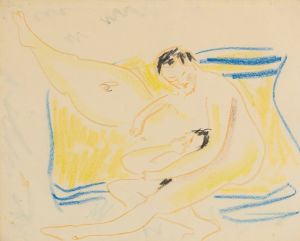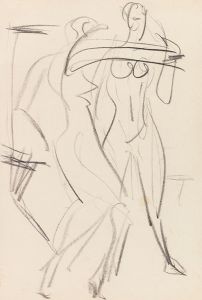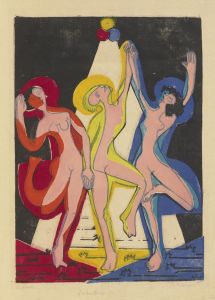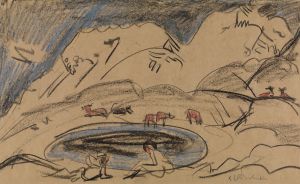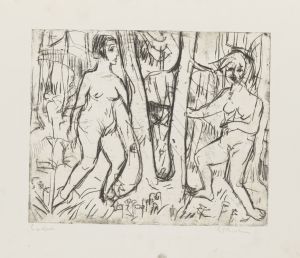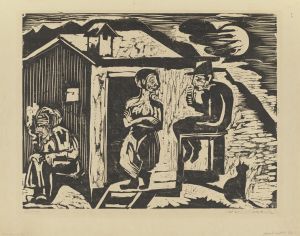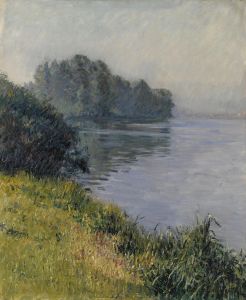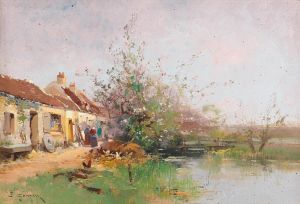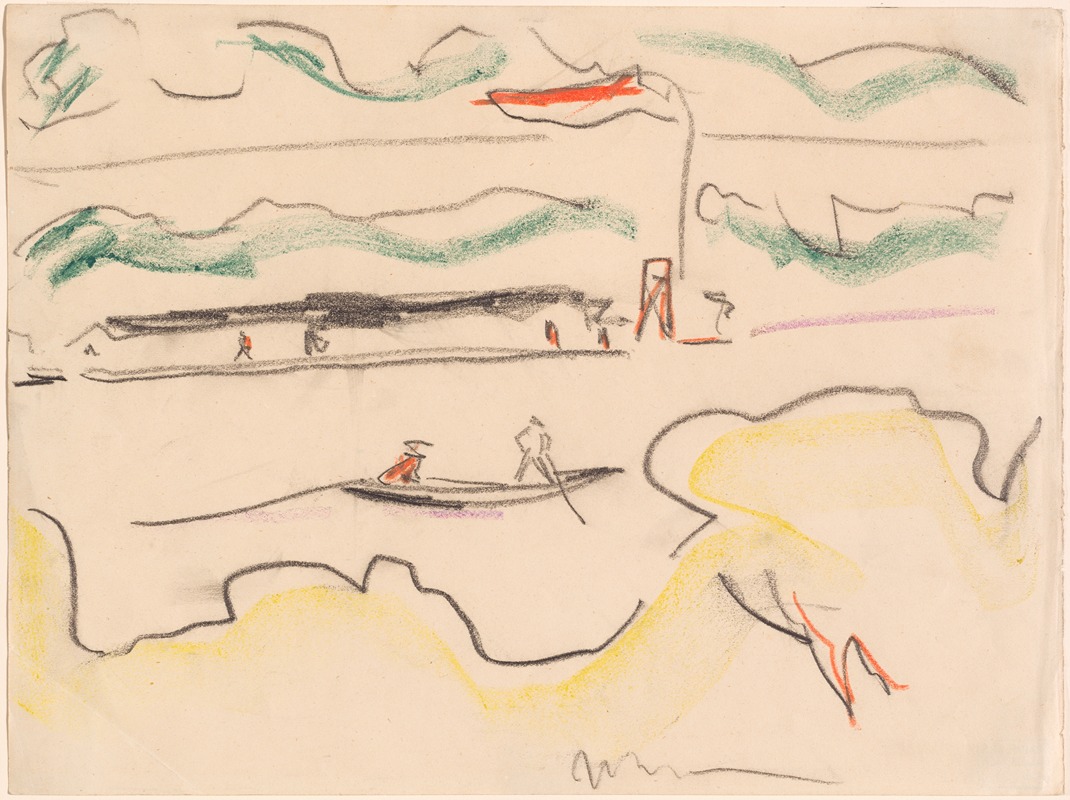
Elbe Landscape Near Dresden
A hand-painted replica of Ernst Ludwig Kirchner’s masterpiece Elbe Landscape Near Dresden, meticulously crafted by professional artists to capture the true essence of the original. Each piece is created with museum-quality canvas and rare mineral pigments, carefully painted by experienced artists with delicate brushstrokes and rich, layered colors to perfectly recreate the texture of the original artwork. Unlike machine-printed reproductions, this hand-painted version brings the painting to life, infused with the artist’s emotions and skill in every stroke. Whether for personal collection or home decoration, it instantly elevates the artistic atmosphere of any space.
Ernst Ludwig Kirchner was a prominent German expressionist painter and one of the founding members of the artist group Die Brücke (The Bridge), which played a pivotal role in the development of modern art in the early 20th century. Kirchner's works are known for their bold colors, dynamic compositions, and emotional intensity. Among his many works, "Elbe Landscape Near Dresden" is a notable painting that reflects his unique style and artistic vision.
"Elbe Landscape Near Dresden" was created during a period when Kirchner was deeply influenced by the natural surroundings of Dresden, where he spent a significant amount of time. The Elbe River, which flows through the city, provided a rich source of inspiration for Kirchner and his contemporaries. This painting captures the essence of the landscape along the Elbe River, showcasing Kirchner's ability to transform a natural scene into a vibrant and expressive work of art.
In this painting, Kirchner employs a vivid color palette, characteristic of his expressionist style. The use of bold and contrasting colors serves to convey the emotional resonance of the landscape rather than a realistic depiction. Kirchner's brushwork is dynamic and energetic, adding a sense of movement and life to the scene. The composition is carefully structured, with the river leading the viewer's eye through the painting, creating a sense of depth and perspective.
Kirchner's approach to landscape painting was innovative for his time. He sought to capture the emotional and psychological impact of the natural world, rather than simply replicating its physical appearance. This approach was in line with the broader goals of the Die Brücke movement, which aimed to bridge the gap between traditional art forms and the modern experience. The movement emphasized the importance of personal expression and the subjective interpretation of reality.
"Elbe Landscape Near Dresden" reflects Kirchner's interest in the interplay between nature and human experience. The painting can be seen as an exploration of the tension between the tranquility of the natural environment and the inner turmoil of the human psyche. This duality is a recurring theme in Kirchner's work, as he often sought to express the complexities of modern life through his art.
Throughout his career, Kirchner faced numerous challenges, including personal struggles and the impact of historical events. Despite these difficulties, he remained committed to his artistic vision and continued to produce works that pushed the boundaries of traditional art. His contributions to the expressionist movement have left a lasting legacy, influencing generations of artists and shaping the course of modern art.
"Elbe Landscape Near Dresden" is a testament to Kirchner's skill as a painter and his ability to convey profound emotional depth through his work. It stands as an example of his innovative approach to landscape painting and his commitment to exploring the human condition through art. Today, Kirchner's works are celebrated for their boldness and originality, and "Elbe Landscape Near Dresden" remains an important piece within his oeuvre, reflecting the enduring power of expressionism in capturing the complexities of the world around us.





